Which Roofing Materials Last the Longest?
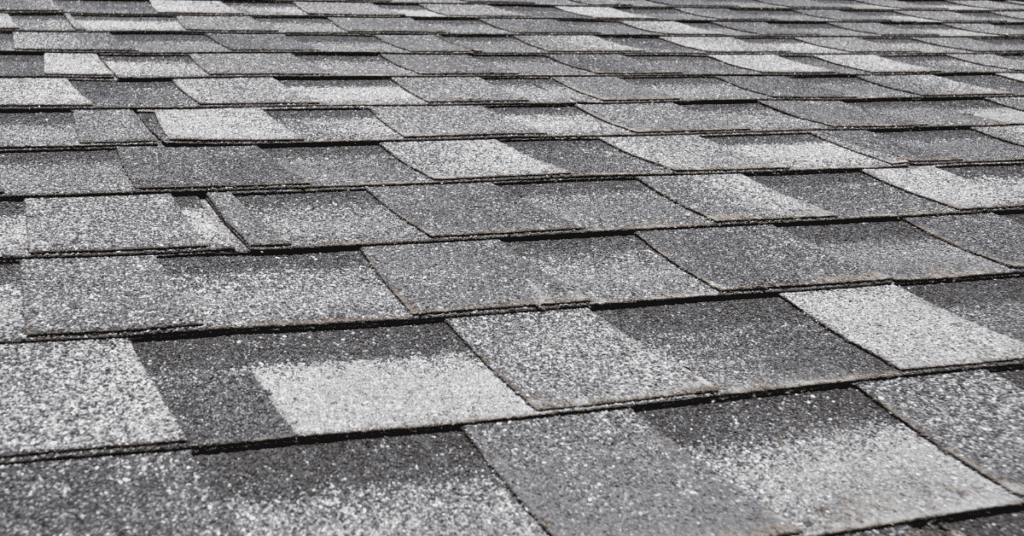

Whether you are a homeowner or a commercial property owner, it is important to know which roofing materials last the longest. There are many factors to consider such as maintenance, price and the environment.
1. Asphalt
Asphalt shingles are the most common roofing material used in homes today. They are a popular choice for their affordability, durability, and aesthetic appeal.
Shingles are made from a base of either fiberglass or organic materials like cellulose, which is then coated in an asphalt-based coating. The coating provides a protective barrier against the sun’s UV rays and wind. They are also backed with an adhesive to make installation easier.
The granules in asphalt shingle surfacing are made from hard rocks that have specific physical properties. They are screened and sized to match exact specifications. The granules are then fired into a variety of colors to provide a long-lasting appearance.
Depending on the brand, a premium or luxury shingle can last up to 30 years. For more details on what to look for in good asphalt shingles, check our guide on 4 Qualities to Look for in Good Asphalt Shingle Roofing. However, there are a few things that will affect the lifespan of your roof, including weather conditions, quality of workmanship during installation, and maintenance.
When it comes to asphalt shingles, the best way to ensure a long lifespan is by hiring a quality roofing installer and through regular roof maintenance. This will prevent damage and allow you to catch small problems before they become big ones.
In addition, it’s important to keep leaves and debris away from your roof, so that they don’t cause the shingles to wear down quickly. This can reduce the lifespan of your asphalt shingle by several years.
As with all types of roofing, it’s important to get your roof inspected regularly to catch potential issues before they turn into costly repairs. This is especially important in areas of high wind or heavy snow.
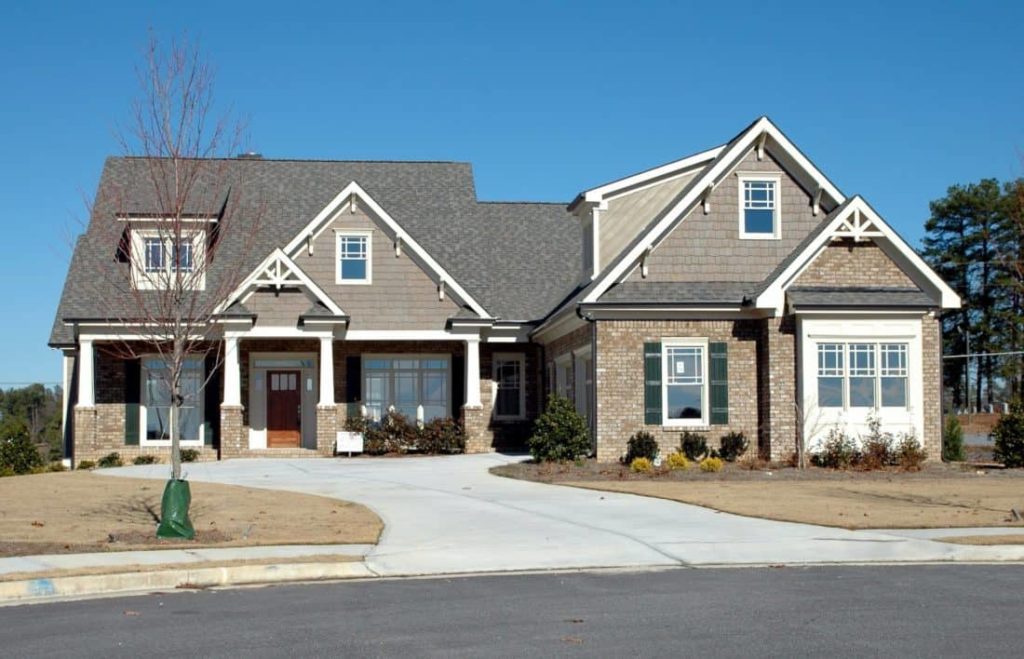

2. Metal
If you want to have a roof that lasts as long as possible, metal is your best bet. It is a durable roofing material that resists weather, fire, rot, and insect damage.
While metal roofs may be more expensive than asphalt shingles, they are worth it in the long run. Manufacturers often offer a 50-year warranty, which is much greater than for asphalt shingle products.
Metal roofs also typically cost less to maintain than other roofing options, and despite popular belief, are metal roofs actually noisy? They are also much more resistant to storms than asphalt shingles, which can result in lower insurance costs.
Steel and aluminum are the most common types of metal used for residential roof systems. Both metals provide longevity benefits, energy efficiency, fire resistance, and pest prevention.
We discuss more benefits of metal roofing in this article: Why Installing Metal Roofing Is a Good Idea. Feel free to have a read.
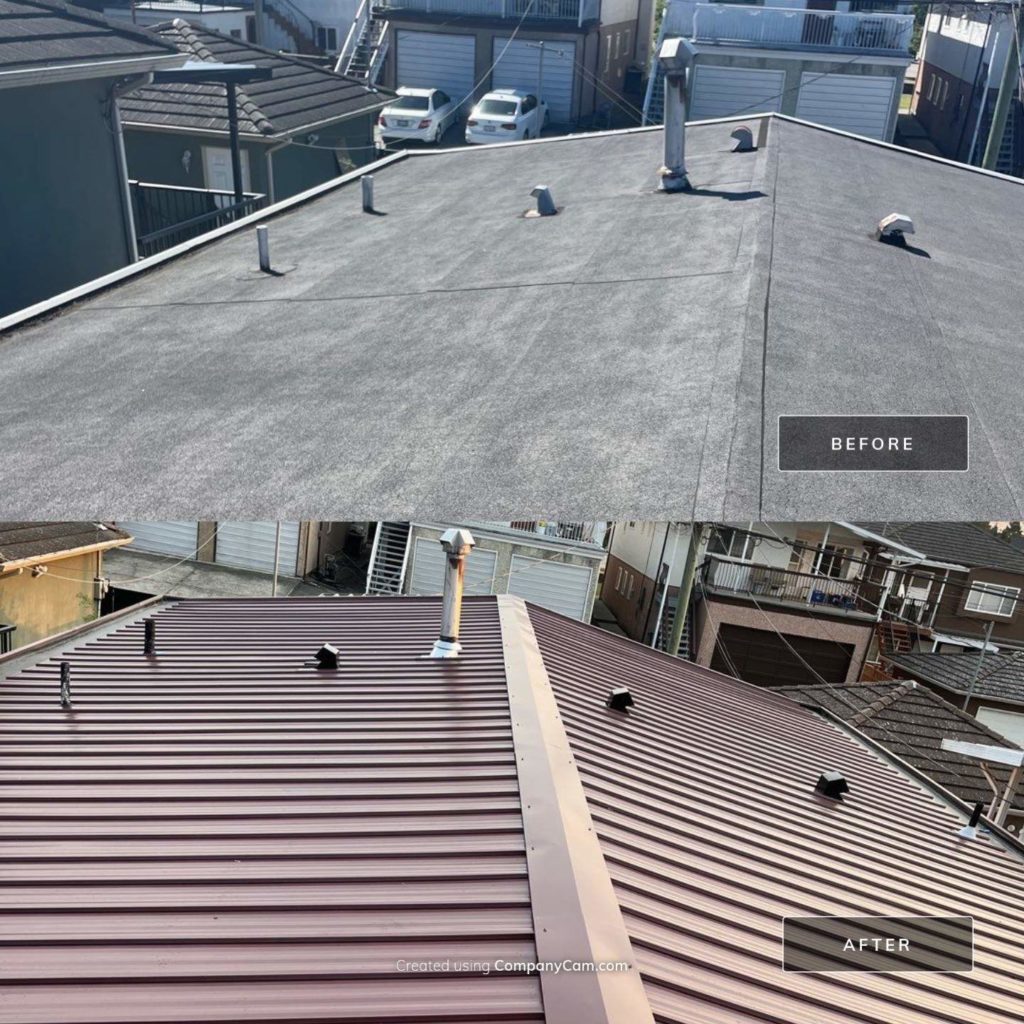

3. Slate
Slate roofing is a natural, long-lasting roofing material that can add a unique aesthetic to any home. It can also help to increase the resale value of your property and save you money on future maintenance.
Slate roofs are also one of the more environmentally friendly materials to use on a home, as they are largely made of natural stone. Depending on the color, it can also contribute to your home’s energy efficiency. It is also very resistant to water, fire, and mold.
It is also a relatively low-maintenance material, as it only requires roof cleaning and roof repairing from time to time. This makes it a much better option for homes that are in constant need of maintenance and upkeep than plastic or synthetic roofing products, which are more likely to deteriorate over time.
A slate roof is an investment that will pay off for years to come, as it can last up to 50 or 100 years. The initial installation cost is higher than other types of roofing, but the savings you will enjoy over time will more than make up for that initial expense.
When considering a slate roof for your home, it is important to consider the type of contractor you are hiring. This is because slate can be a delicate material if handled wrong and not installed correctly.
As with any type of roofing, you should always choose a contractor that is reputable and professional. This way, you can be confident that your home will not be damaged during the roof installation process. Moreover, it is essential to choose a contractor that provides a workmanship warranty for their work. This warranty will cover the roof against defects that may develop over the course of the homeowner’s lifetime.
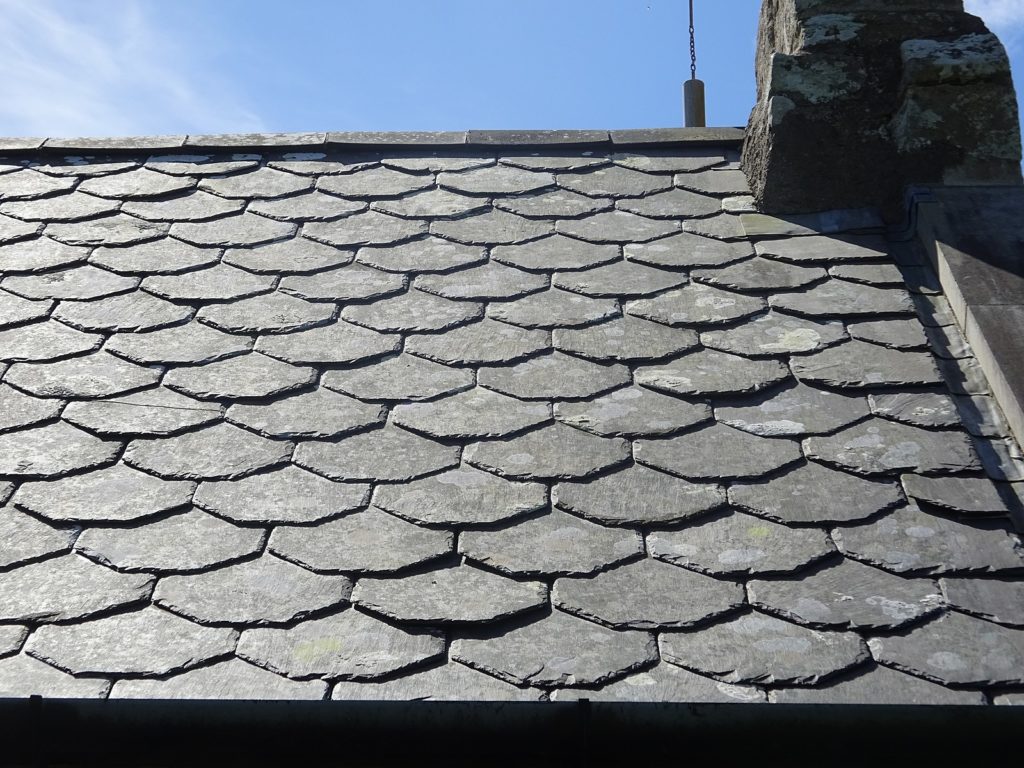

4. Rubber
Rubber is one of Mother Nature’s strongest and most resilient materials, combining long molecule chains with stretchy qualities that resist rust and mold. It’s also waterproof, a trait that helps protect rubber roofing from water damage and hailstone impact.
When a rubber roof is installed properly, it can last up to 50 years, making it the longest-lasting option for many homes and commercial buildings. However, it is important to remember that rubber roofs are only as durable as the installation process and that they will still require maintenance, which can include regular inspections and cleanings.
Another reason why rubber roofing is so popular is because it comes in many different colors and designs, giving homeowners a wide range of choices. It’s also more affordable than other types of roofing, allowing you to save money over the lifetime of your home or business.
The other major advantage of rubber roofing is that it’s a great insulator, helping to keep your home or business cooler during the summer months and warmer during the winter. Additionally, it can help to reflect sunlight and UV rays, saving you money on your energy bills.
There are three common types of rubber roofs available on the market, and each of them offers a unique set of benefits. Thermoplastic polyolefin (TPO), for example, has been used in the roofing industry for over fifty years, and it can also save you money on your energy bills by reflecting heat and sunlight away from your building.
EPDM, or Ethylene Propylene Diene Monomer, is a type of rubber roofing that is known for its durability and resistance to weathering, ozone, and UV exposure. It is commonly used in low-slope commercial roofing applications, but it can also be used on residential roofs. EPDM is typically available in large sheets, and it is installed using adhesive, mechanical fasteners, or ballast.
TPC, or Thermoplastic Copolymer, is a type of rubber roofing that is designed to be more flexible than EPDM. It is also resistant to weathering, ozone, and UV exposure, and it is often used in applications where there is a need for a more flexible roofing material. TPC roofing can be installed using adhesive, mechanical fasteners, or heat welding.
TPO, EPDM and TPC rubber roofing are considered to be relatively low-maintenance roofing options, and they are often used as an alternative to traditional asphalt shingle roofing. They are also known for their energy efficiency, as they can help to reduce heating and cooling costs by providing insulation to the building.
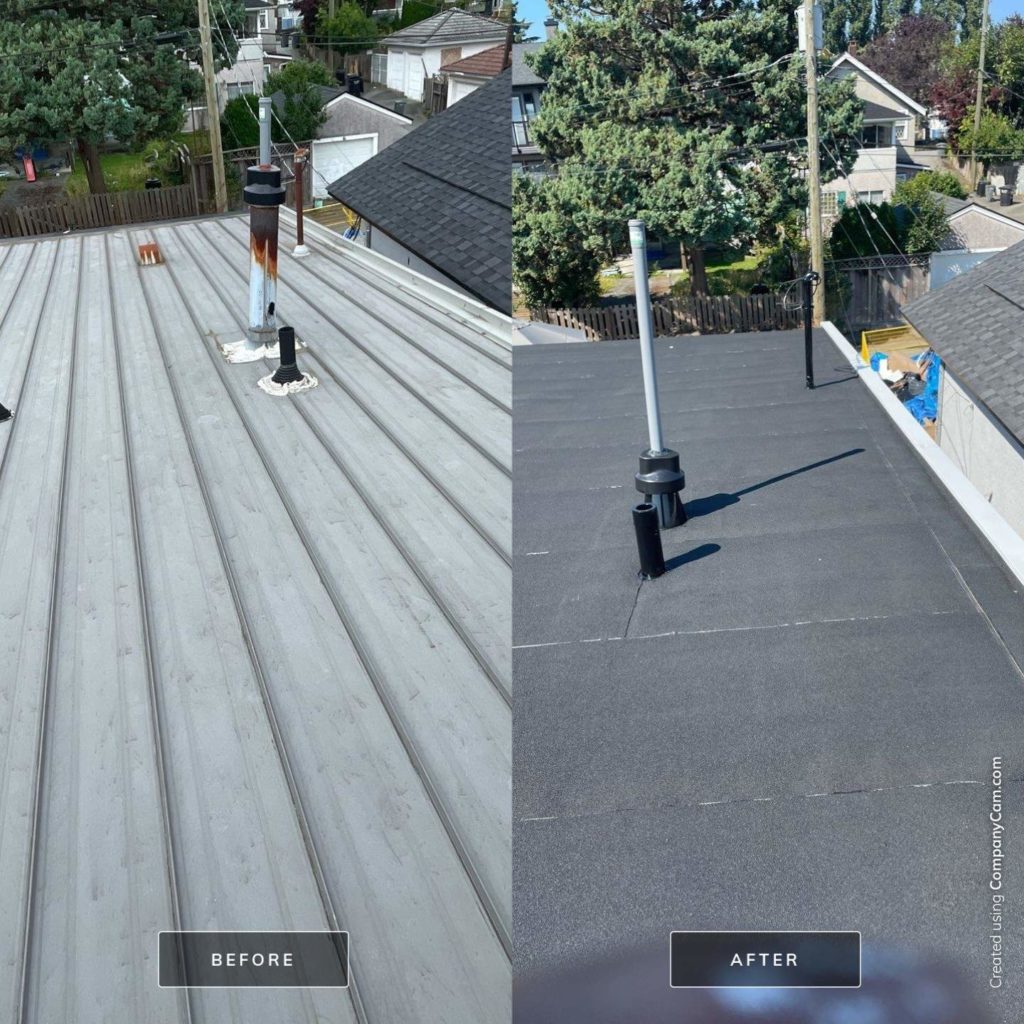

Not Sure Which Roofing Material Is The Best For You?
If you are located in any of the following cities, feel free to request a free consultation. We are familiar with the area climate, your particular location and will help you make the best choice possible:
- Burnaby Roofers
- New Westminster Roofers
- Coquitlam Roofers
- Port Coquitlam Roofers
- Port Moody Roofers
- Delta Roofers
- Ladner Roofers
- Vancouver Roofers
- North Vancouver Roofers
- West Vancouver Roofers
- Richmond Roofers
- Surrey Roofers
- White Rock Roofers
- Maple Ridge Roofers
- Pitt Meadows Roofers
- Langley Roofers
- Powell River Roofers
You should also refer to this article, How to Know if a Roofer is Reliable: A Comprehensive Guide, and before making a decision, learn about the 4 questions to ask a roofer before signing a roofing contract.
